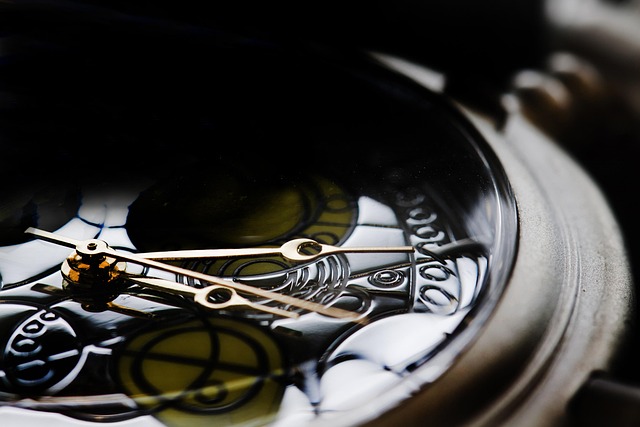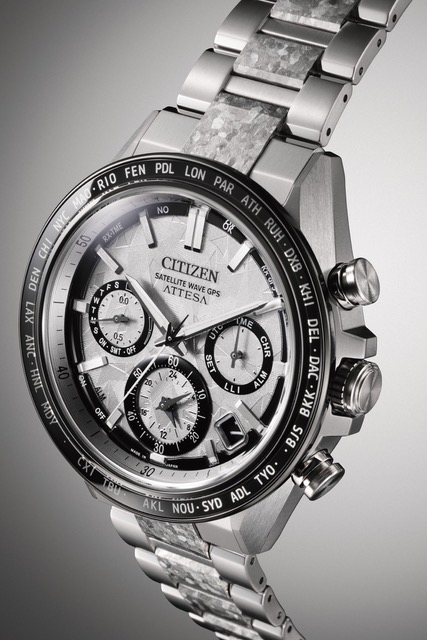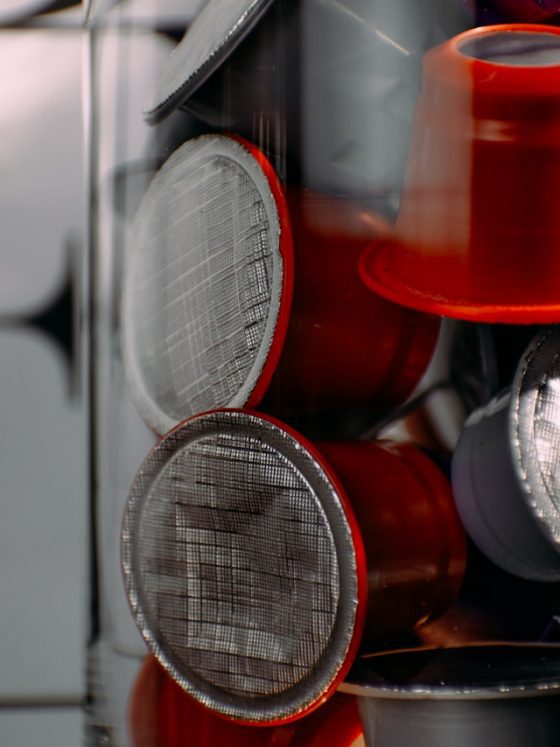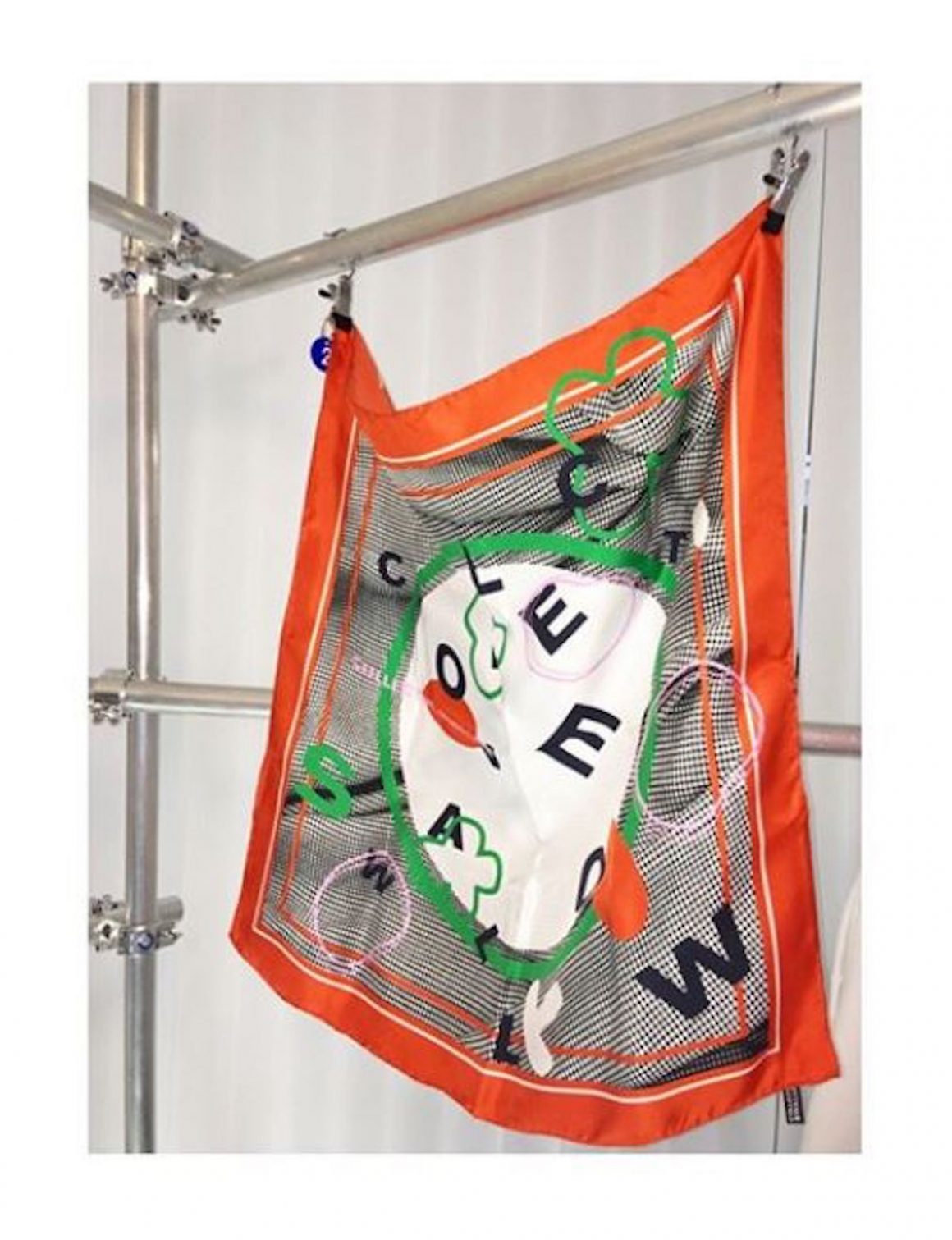Contemporary watchmaking is entering an era of material innovation: ceramic, carbon, titanium, and hybrid alloys are redefining the concept of luxury. Between technical performance, durability, and aesthetics, materials are becoming the new language of time.
Long confined to precious metals and stainless steel, modern watchmaking is now reinventing itself through a genuine quest for rare and unique materials. In a sector where technical precision meets the art of beauty, the major brands are becoming increasingly bold in their quest to design timepieces that are lighter, more resistant, and more durable.
When innovation shapes brand identity
Omega, Richard Mille, and Zenith are among the pioneers of this material revolution. Omega has distinguished itself with its “ZrO₂” ceramic, which is both scratch-resistant and visually striking. Richard Mille, for its part, has introduced Carbon TPT, a composite material derived from aeronautical technology, renowned for its lightness and exceptional strength.
At Zenith, the Defy collection features forged carbon or sandblasted ceramic cases, combining robustness with futuristic elegance. These innovations are not only technical, they have become a visual signature, a marker of identity for each brand.
The boldness of new materials in watchmaking
The use of innovative materials is not limited to the quest for lightness or robustness. It redefines the way a watch is perceived and felt. Ceramic, for example, is establishing itself as a material that is both scratch-resistant and sensual to the touch, capable of retaining its color over time.
Forged carbon, meanwhile, offers a play of dark shades and unique reflections depending on the light. It is also prized for its low density, ideal for sports or technical watches.
Some companies are focusing on hybrid alloys combining aluminum, titanium, and mineral fibers in order to achieve unique aesthetic effects.
Recrystallized titanium: where fire meets metal
Among these experiments, titanium continues to fascinate. Prized for its lightness and corrosion resistance, it has been revisited in many forms. One of the most significant advances in recent years has been made by a Japanese company that has succeeded in transforming this metal into a true work of art. Using a complex thermal process, the titanium is heated to a very high temperature, causing its surface to recrystallize.
While titanium is not new to watchmaking, CITIZEN has pushed the boundaries with its recrystallized titanium, a unique technological feat. This material is obtained through an exclusive thermal process that modifies the crystalline structure of titanium, giving it a mineral luster similar to that of a precious stone.
The result: each watch features unique reflections and textures that cannot be reproduced identically. Combining extreme strength, lightness, and avant-garde aesthetics, this reimagined titanium perfectly illustrates the Japanese brand’s philosophy of enhancing science in the service of functional beauty.
Towards a sustainable and sensory future
The future of materials in watchmaking is shaped by sustainability. Laboratories and workshops are now exploring recycled composites, metals sourced from short supply chains, and ceramics with a low energy footprint. The challenge is to combine ethics and emotion, performance and poetry.
In this context, the watch is no longer just a functional object, but a testament to changing expertise. It embodies the meeting of technological innovation and timeless aesthetics. The choice of materials becomes a language in its own right, revealing the personality of the wearer as well as those who crafted it.




























Follow us on Instagram